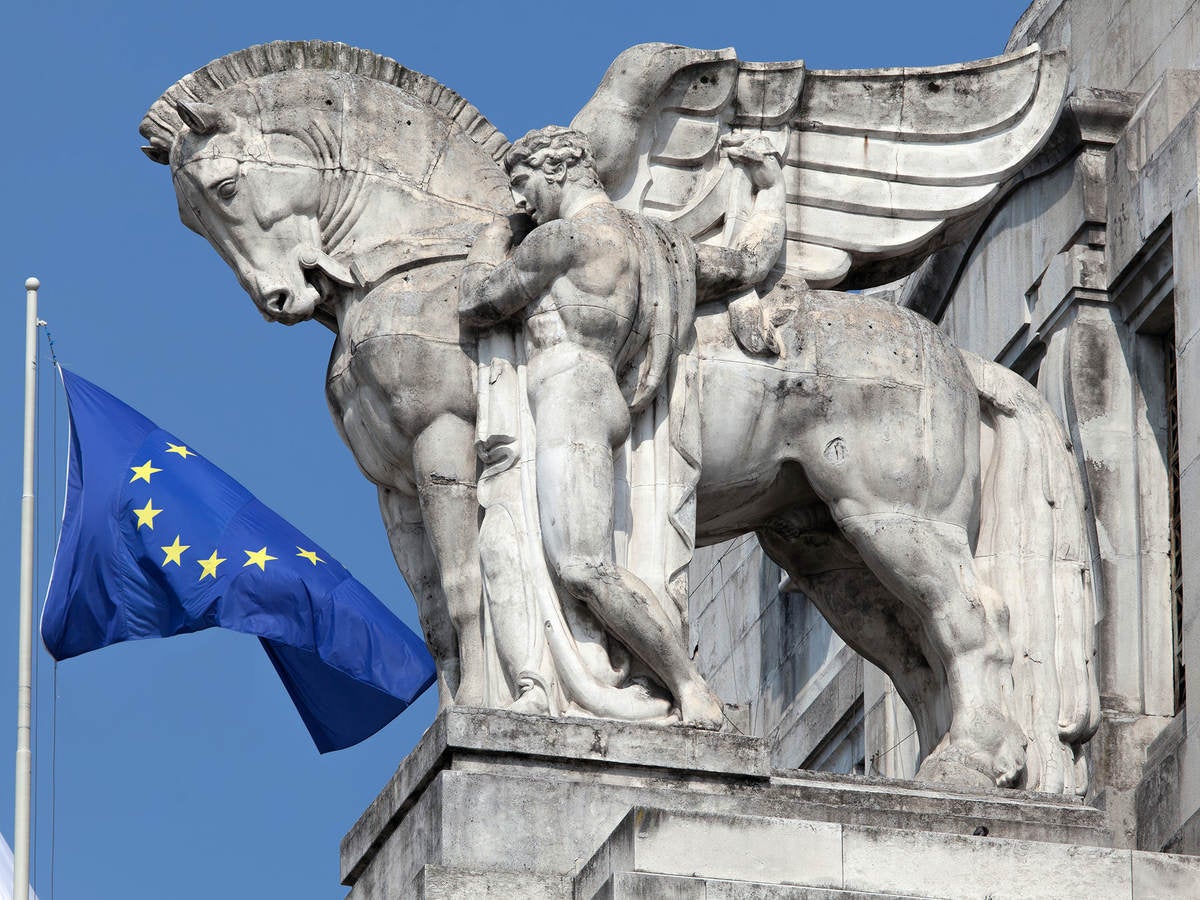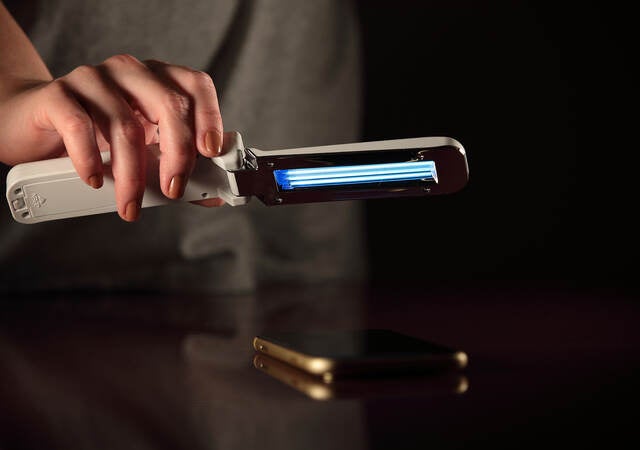July 27, 2023
By Oliver Eikenberg and Evangeline Loh
This series features European (EU) legislation.
We opened the series with the first article about the New Legislative Framework (NLF) and Blue Guide. The second article waxed philosophical about legislation gravitating towards Regulations. We wrote about the General Product Safety Regulation (GPSR) applicable to products for consumers in our third article. Regulatory Insight four and five, discuss medical devices and how this relates with NLF or with other legislation[, respectively.
Now we approach the topic generally.
How do we understand if specific EU legislation applies to our product?
It is not easy to determine if the product is covered by a specific Union harmonization legislation. This requires understanding the many different European Union (EU) harmonization legislation concerning products.
Why is the knowledge about specific EU legislation relevant to your product?
This is to determine if there is an EU harmonization legislation with a scope that includes your product.
While this article doesn’t discuss medical devices, using a medical device example, there is a regulatory requirement for medical devices in MDR Annex IV, that requires you to include in the declaration of conformity “a statement that the device that is covered by the present declaration is in conformity with this Regulation and, if applicable, with any other relevant EU legislation that provides for the issuing of an EU declaration of conformity.” Other EU regulations include similar requirements for products by the respective EU Legislations.
A good example are the new requirements for packaging and waste introduced by the EU in recent years through Directive 94/62/EC on Packaging and Packaging waste (as amended by Directive 2004/12/EC, Directive (EU) 2018/852, Directive (EU) 2018/851 and Directive (EU) 2019/904 on the reduction of the impact of certain plastic products on the environment (Single-Use Plastics Directive)). These might require the manufacturer to adequately label (green dot, moebius symbol, etc.) or register product packaging in national EU packaging waste databases.
General scope of union harmonization legislation
There is the NLF and Blue Guide related to all industrial products or products whether for use by consumers or professionals. Further, as we’ve discussed previously, the GPSR.
The largest and most recognized collection of union harmonization legislation is the NLF portfolio. As we’ve discussed before, the Blue Guide provides guidance on the implementation of the provisions and concepts laid down in the EU Regulations. The Blue Guide was drafted to explain the different elements of the NLF and to contribute to a better overall understanding of the system so that legislation is implemented properly and is therefore effective for the protection of public interests such as health and safety, consumers, the environment and public security. Overall, it helps manufacturers of all products to understand and identify general concepts and requirements for CE-marking during the whole life-cycle of products, e.g., how to consider market surveillance and control of economic operators and traceability along the supply chain.
The GPSR overlaps with the Blue Guide with regard to setting certain obligations for economic operators and provisions for the development of standards in support of the GPSR. It also defines a regime that provides greater consistency between harmonized (products falling under the scope of the EU harmonization legislation) and non-harmonized products. This covers safety-related product legislation such as for artificial intelligence (AI) up to chemicals (e.g., REACH Regulation (EC) No 1907/2006).
After consideration of the Blue Guide and GPSR, it might appear to be more challenging for manufacturers to identify the applicable EU legislation for their products, as there might be many to consider.
EU legislators may review your assessment for applicable EU legislation (by cause or unannounced without a cause) through your basic documentation such as Declaration of Conformity, GSPR or supply chain documents, and then typically will ask questions related to product safety and consumer protection.
How can a manufacturer identify the different Union harmonization legislation?
The best response to this question is first to be aware of the Blue Guide and GPSR and understand that these are written by the EU Commission (EC) as part of the EU legal framework to enhance consumer protection, lead to higher product safety, also for new technologies and new ways of marketing (online sales) and to enhance market surveillance.
The Blue Guide reflects many basic elements, which are familiar to medical device manufacturers, like the application of risk management, control of economic operators, compliance to standards, demonstration of this evidence in the essential requirements and control of market surveillance as part of the complete life-cycle approach. The Blue Guide has a specific section 4.1.2.2. for “Role of harmonized standards” and also adds in Annex I a list of EU Legislation and in Annex II a list of guidance documents, which can be used as starting points to identify applicable EU regulations and standards for your product.
When these are identified the respective EU regulations will guide and reference manufacturers to specific standards, which should be carefully selected and considered, as they are giving a presumption of conformity to the applied EU legislation.
Perhaps this may be helpful?
The EC is comprised of 33 Directorate-General (DG) and some familiarity with the different DGs may assist with identifying applicable legislation.
Two DGs worthy of further review would be the DG for Internal Market, Industry, Entrepreneurship and SMEs and the DG for Health and Food Safety. Within both of these DGs, reviewing the sectors may provide information of value.
There are a significant number of sectors within the DG for Internal Market, Industry, Entrepreneurship and SMEs. While some of these sectors are products subject of NLF, there is also reference to other product categories and hence Union harmonization legislation, as an example the Cosmetic sector and Cosmetic Regulation 1223/2009. The sectors in the Health and Food Safety DG, are likely more familiar: medical devices, medicinal products, and biocides.
Concluding remarks
Just because there is a specific EU harmonization legislation for your product, other legislation may be applicable as well, specifically if related to safety and consumer protection. Therefore, the identification of relevant applicable EU legislation for your product can be very important for manufacturers and prevent discussions with authorities or recalls for lack of compliance.
In order to identify the EU harmonization legislation which is applicable for your product, the intended purpose of the product must be clearly defined and align with the scope of the legislation. But this might be not the only legislation to consider. There might be many like chemical, environmental or packaging waste legislation, or even in the future, artificial intelligence legislation to consider.
If you’re in the fortunate position to have experience with the EU harmonization legislation, as we discussed in our first Regulatory Insight on the NLF and Blue Guide, you’re at an advantage.
If you’re not experienced, the Blue Guide as well as the GPSR include valuable information to guide selecting the applicable EU legislation for your product in order to demonstrate adequate conformity to EU legislation. The Blue Guide addresses general obligations for EU manufacturers and is not specific for any product. For example, it includes a list of key EU directives or regulations to be considered by manufacturers for products marketed in the EU.
This series underscores the importance of working with consultants who are experts on EU legislation
Get connected with our sales team
Thanks for your interest in UL's products and services. Let's collect some information so we can connect you with the right person.






